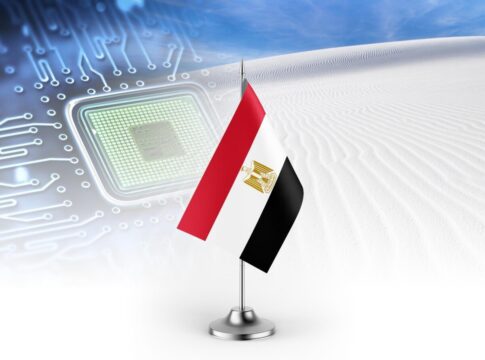Egypt’s Eastern Desert has long been home to hidden mineral treasures, but the recently concluded Mineral Resources Bid Round No. 1 for 2024 reveals a shift in how these resources are being harnessed. In a competitive tender that drew 20 mining companies and 19 private-sector bidders, the Egyptian government has opened the gates for accelerated industrial extraction of two strategic mineral sands: glass sand (silica) and kaolin sand.
According to the Ministry of Petroleum and Mineral Resources, key contracts were awarded to leading firms with deep industrial experience. Alarabiya Mining Company (AMC) secured exploration rights for glass sand in Sector GS-1, while Sibelco Egypt Industrial Minerals, a subsidiary of the global Sibelco Group, clinched rights for two additional glass sand sectors (GS-3 and GS-4). Meanwhile, Pacific Mining and Income (International Company for Petroleum and Industrial Services) were awarded kaolin exploration blocks (KS-1 through KS-3), laying the groundwork for an expected production surge.
But these aren’t just routine mineral bids. The real story lies in the industries these sands serve—and Egypt’s potential to become a global supply hub for high-tech and industrial manufacturing.
Silica Sand: The DNA of Modern Industry
Silica sand, also known as glass sand, is prized for its high purity (over 95% SiO₂) and extremely low iron oxide content, a feature that makes Egyptian glass sand particularly suitable for high-end applications.
“Egypt’s silica sand is internationally recognized for its clarity, low impurities, and suitability for solar panel glass and pharmaceutical-grade containers,” says Dr. Hany Wadie, a materials engineer and consultant with the Industrial Development Authority.
Indeed, silica sand is a critical input for industries like flat glass, fiber optics, semiconductors, solar PV panels, and high-performance plastics—sectors that are witnessing soaring demand amid global green energy and digitalization trends. Global demand for solar glass alone is expected to rise 15% annually through 2030, and Egypt’s natural advantage places it on the radar of multinational manufacturers seeking reliable supply chains.
Kaolin: The White Gold of Multi-Sector Manufacturing
Kaolin, or kaolinite, is no less vital. With applications spanning paper manufacturing (as a filler and coating), ceramics, rubber, adhesives, plastics, and even cosmetics, it has become a staple of both heavy and consumer industries.
Egypt’s recent production figures underscore growing momentum: 230,787 tons of kaolin ore were extracted between July 2024 and April 2025, according to official Ministry data. Industry insiders expect that number to surge as the new concessions are explored and exploited.
What sets Egypt apart is the clay’s particle fineness and whiteness, factors that determine its commercial grade. “Egyptian kaolin—especially from the Eastern Desert—is low in titanium and iron, making it especially sought after in ceramics and high-quality paper production,” notes Eng. Amira Shawki, operations manager at a regional ceramics firm.
From Sand to Value
The journey of these minerals from mine to manufacturing follows a strategic chain. Once extracted, sands undergo grading, washing, magnetic separation, and purification to remove trace metals that may compromise product quality. After lab testing and classification, high-grade material is either supplied domestically—where Egypt has a burgeoning glass, ceramics, and paint industry—or exported in bulk to Europe, China, and the Gulf.
But for Egypt to transition from an exporter of raw materials to an industrial processor, it must invest in local beneficiation. Industry experts argue that onshore processing plants for silica and kaolin will enable Egypt to move up the value chain. “We should not be exporting our sand for others to turn into profit. Egypt can and should manufacture solar panel glass, fiber optics, and ceramic tiles at global scale,” argues Dr. Ahmed El-Fouly, former advisor to the Federation of Egyptian Industries.
The recent licensing round represents more than an economic milestone—it reflects Egypt’s bid to realign itself as a mineral-industrial nation, not merely a transit point for hydrocarbons.
The Ministry of Petroleum and Mineral Resources’ alignment with the Egypt Vision 2030 strategy prioritizes maximizing natural resource value and attracting foreign direct investment (FDI) in downstream processing. “This signals a move from export dependency to domestic value creation,” a Ministry source told Middle East Observer, under condition of anonymity.
As demand for high-purity mineral inputs accelerates worldwide, Egypt’s silica and kaolin reserves offer not just a new trade stream, but a lever for industrial transformation. If downstream integration follows upstream expansion, the sands of the Eastern Desert may soon be molded not only into glass or clay—but into a foundation for regional manufacturing leadership.


